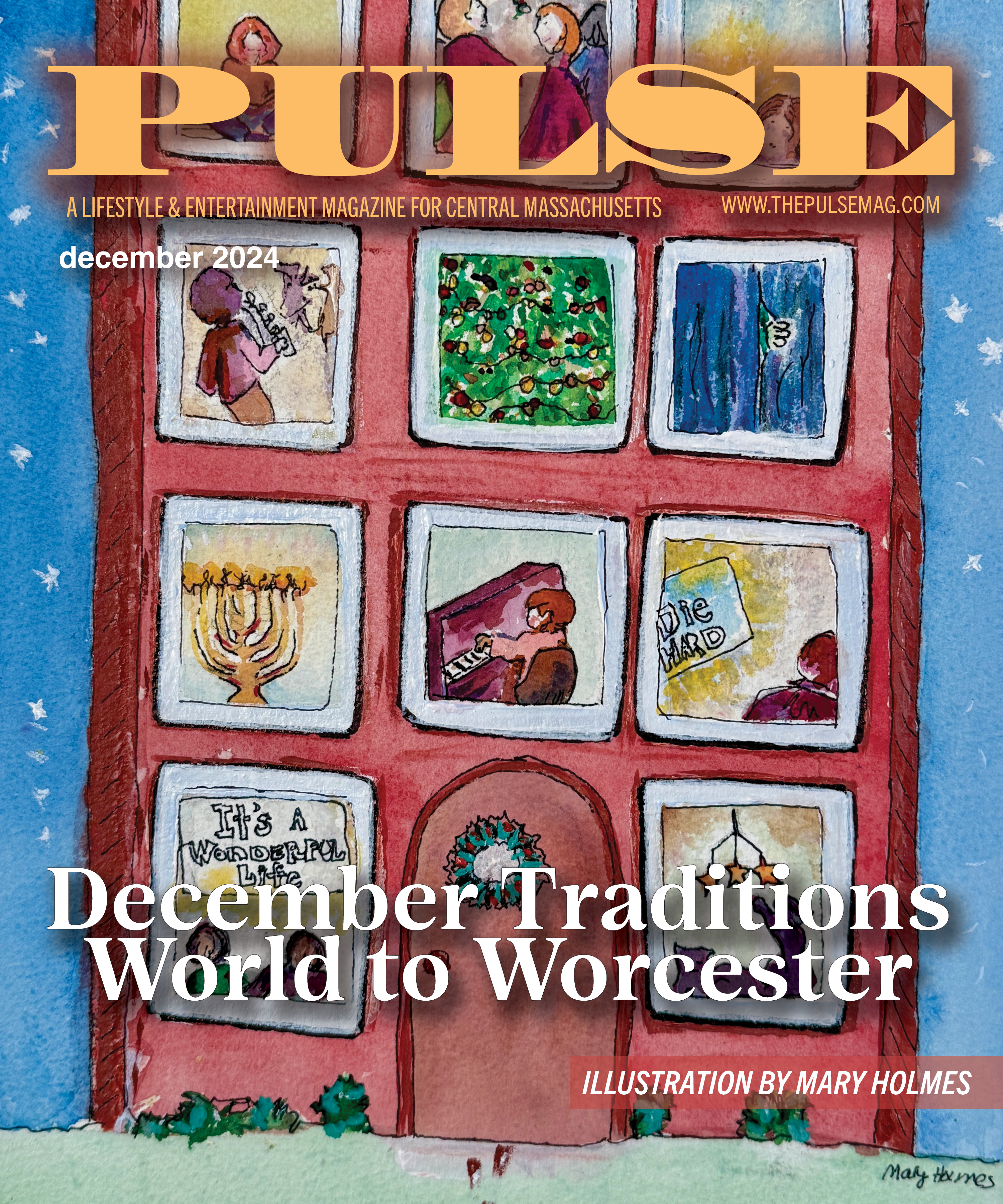
People all over the world partied it up on New Year’s Eve ~ drinking champagne and looking their best to welcome the New Year with open arms, a toast and a kiss. Then, came the resolutions: I’m going to quit smoking this year; I’m going to lose weight; I’m going to stop eating sugar or drinking coffee; etc.
People start off with good intentions, but sometime towards the middle of the year, they realize that they have not done what they said they would do. Now they feel like they failed somehow, and those same people are still smoking, the same weight or heavier, drinking coffee and eating cookies. Studies show this happens to more than 90 percent of those who make resolutions.
Ernest Hemingway once said, “Never mistake motion for action.” By definition, a resolution is a formal expression of an intention to do something. I resolve to lose weight. OK, how? I resolve to stop smoking. OK, when? To make a resolution count, you need to be able to track your commitment to it. Then, it turns into something that has a chance of being successful ~ a goal. Your goal needs to be specific to succeed. It also needs to be simple and achievable. Most importantly, it must be measurable. Not, “I’m going to lose weight,” but rather, “I’m going to get fit by going to the gym three days a week and doing x-y-z, and I am going to measure my progress on a specific day each month until I meet this attainable weight.” The difference between a resolution and a goal is simple: A resolution focuses on the intention to do something; a goal focuses on a result of that effort.
A few years back, I stopped making resolutions altogether. I make goals or decide to try/learn something new. Why not reach beyond the norm of losing weight, quitting smoking, stopping swearing, blah, blah … things you should already be doing just to be healthy anyway? Instead, decide that this year you are going to learn a new language (and buy Rosetta Stone), learn how to cook something specific (and get the cookbook or print the recipe), read at least eight books (and load them on your Kindle), take a painting class (and book it), travel to another state (and book it), call your grandmother once a month (and set a reminder on your phone), start recycling more (and get a bin), help out with a charity (and have it auto-removed from your account), try rock climbing (and get some friends on board), or work on your family tree (and get an Ancestry.com account), etc. Simple and achievable things that make you feel good and teach you something can make great goals for the New Year.
You may find yourself picking up a new hobby or meeting some really cool people in the process, gaining confidence and just being a happier person. So what will your New Year’s goal be?
By Jennifer Russo





